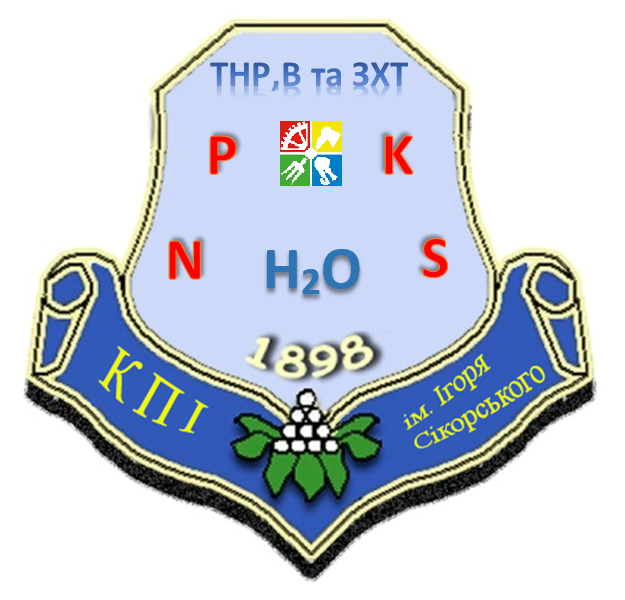Drinking water treatment of priority pesticides using low pressure UV photolysis and advanced oxidation processes
This study reports the efficiency of low pressure UV photolysis for the degradation of
pesticides identified as priority pollutants by the European Water Framework Directive
2000/60/EC. Direct low pressure UV photolysis and advanced oxidation processes (using
hydrogen peroxide and titanium dioxide) experiments were conducted in laboratory grade
water, surface water, and groundwater.
LP direct photolysis using a high UV fluence (1500 mJ/cm2) was found to be extremely
efficient to accomplish the degradation of all pesticides except isoproturon, whereas
photolysis using hydrogen peroxide and titanium dioxide did not significantly enhance
their removal. In all matrices tested the experimental photolysis of the pesticides followed
the same trend: isoproturon degradation was negligible, alachlor, pentachlorophenol, and
atrazine showed similar degradation rate constants, whereas diuron and chlorfenvinphos
were highly removed. The degradation trend observed for the selected compounds fol-
lowed the decadic molar absorption coefficients order with exception of isoproturon
probably due to its extremely low quantum yield.
Similar direct photolysis rate constants were obtained for each pesticide in the different
matrices tested, showing that the water components did not significantly impact degra-
dation. Extremely similar photolysis rate constants were also obtained in surface water for
individual compounds when compared to mixtures. The model fluence and time-based
rate constants reported were very similar to the direct photolysis experimental results
obtained, while overestimating the advanced oxidation results. This model was used to
predict how degradation of isoproturon, the most resilient compound, could be improved.
 19.pdf
—
Документ PDF,
851 KB (872153 bytes)
19.pdf
—
Документ PDF,
851 KB (872153 bytes)
